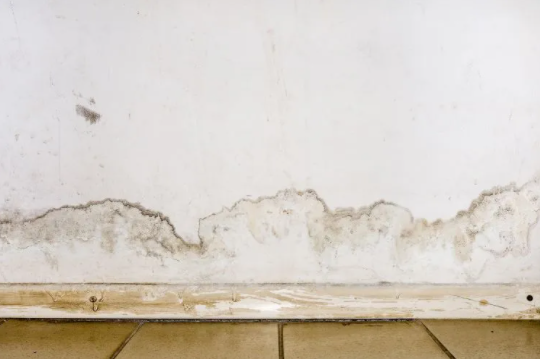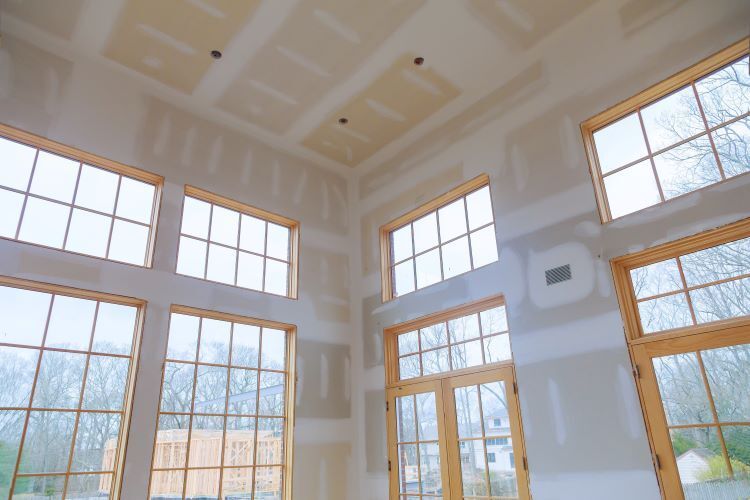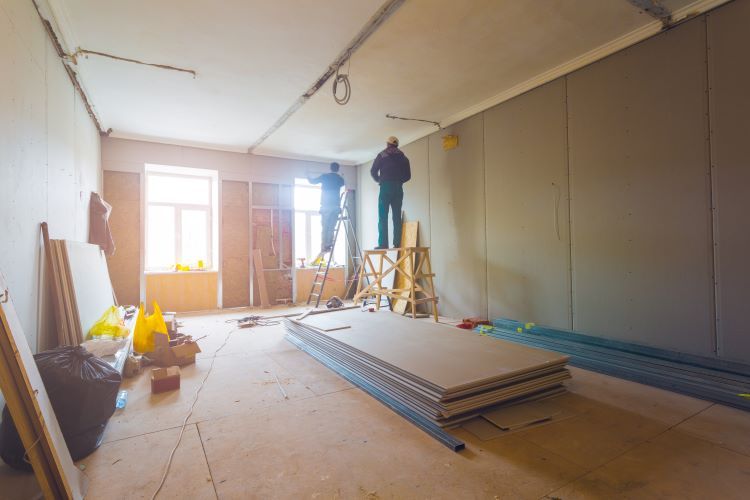Effective Ways to Identify Water Damage on Drywall

Water damage can be a homeowner's nightmare, especially when it affects your drywall. In St. John’s, Newfoundland, where humidity and precipitation are common, keeping an eye out for potential water damage is essential. Left unchecked, water damage can lead to serious structural issues, mold growth, and costly repairs. This blog will guide you through the most effective ways to identify water damage on drywall, helping you take swift action before the problem escalates.
1. Look for Discoloration
One of the most obvious signs of water damage on drywall is discoloration. Water stains typically appear as brown, yellow, or dark spots and can vary in size. These stains often indicate that water has been seeping through the drywall for some time. Pay close attention to areas near windows, doors, ceilings, and where the drywall meets the floor, as these spots are more susceptible to water infiltration.
2. Check for Bubbling or Peeling Paint
When drywall absorbs water, the paint or wallpaper covering it may start to bubble, peel, or crack. This happens because the water causes the drywall to expand, putting pressure on the surface layer. If you notice any bubbling or peeling paint, it's a clear sign that there is moisture trapped behind the drywall.
3. Feel for Soft Spots or Sagging
Water-damaged drywall often becomes soft and spongy to the touch. Gently press your hand against the drywall in areas you suspect might have water damage. If it feels soft, mushy, or even slightly flexible, this is a strong indication that the drywall has been compromised by moisture. In severe cases, the drywall may begin to sag or bulge, indicating extensive water damage.
4. Inspect for Mold and Mildew
Mold and mildew thrive in damp environments, making them common indicators of water damage. Mold can appear as black, green, or white patches on your drywall, and it often has a musty odor. Mold growth is not only unsightly but also poses significant health risks, so identifying and addressing it promptly is crucial. Even if you don't see mold, a musty smell in the basement or other areas of your home can be a sign of hidden water damage.
5. Watch for Fluctuations in Indoor Humidity
In St. John’s, where humidity levels can fluctuate, it's important to monitor indoor humidity. High humidity levels can contribute to condensation, leading to water damage on drywall over time. If you notice condensation on windows, walls, or ceilings, it could be a sign that your home’s humidity levels are too high, potentially causing water damage to the drywall.
6. Listen for Unusual Sounds
Believe it or not, water damage can sometimes be detected by sound. If you hear a dripping noise behind your walls, it could indicate a leaky pipe or water seeping through your drywall. Similarly, a persistent hissing sound could be a sign of a slow leak. These auditory cues can alert you to hidden water damage before it becomes visible.
7. Examine Baseboards and Trim
Baseboards and trim are often the first places to show signs of water damage because they are located at the bottom of the wall, where water tends to pool. Check for signs of swelling, warping, or separating from the wall. If the baseboards or trim are damaged, it's likely that the drywall behind them has also been affected.
8. Use a Moisture Meter
For a more precise assessment, consider using a moisture meter. This tool measures the moisture content in your drywall, allowing you to detect water damage that might not yet be visible. A moisture meter is especially useful for checking areas prone to leaks, such as around plumbing fixtures, roofs, and windows.
Conclusion
Identifying water damage early is crucial for preventing more serious issues like mold growth and structural damage. By regularly inspecting your drywall for discoloration, soft spots, peeling paint, and other signs of water damage, you can address problems before they escalate. If you suspect water damage in your home, it's important to act quickly. At St. John’s Drywallers, we specialize in repairing water-damaged drywall, restoring your home to its original condition.
Contact us today to schedule an inspection and get peace of mind knowing your home is protected.
You might also like



Book a Service Today
We will get back to you as soon as possible
Please try again later
St. John's Drywallers
Navigation
Navigation
Working hours
- Mon - Fri
- -
- Sat - Sun
- Appointment Only
*This is a referral website. All work is performed by professional, licensed contractors.